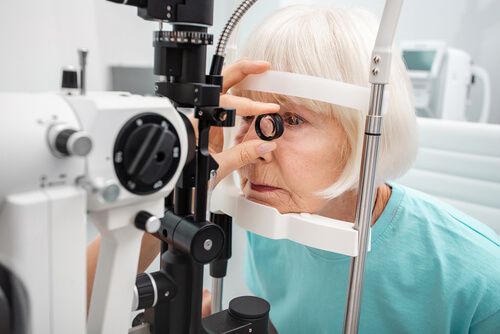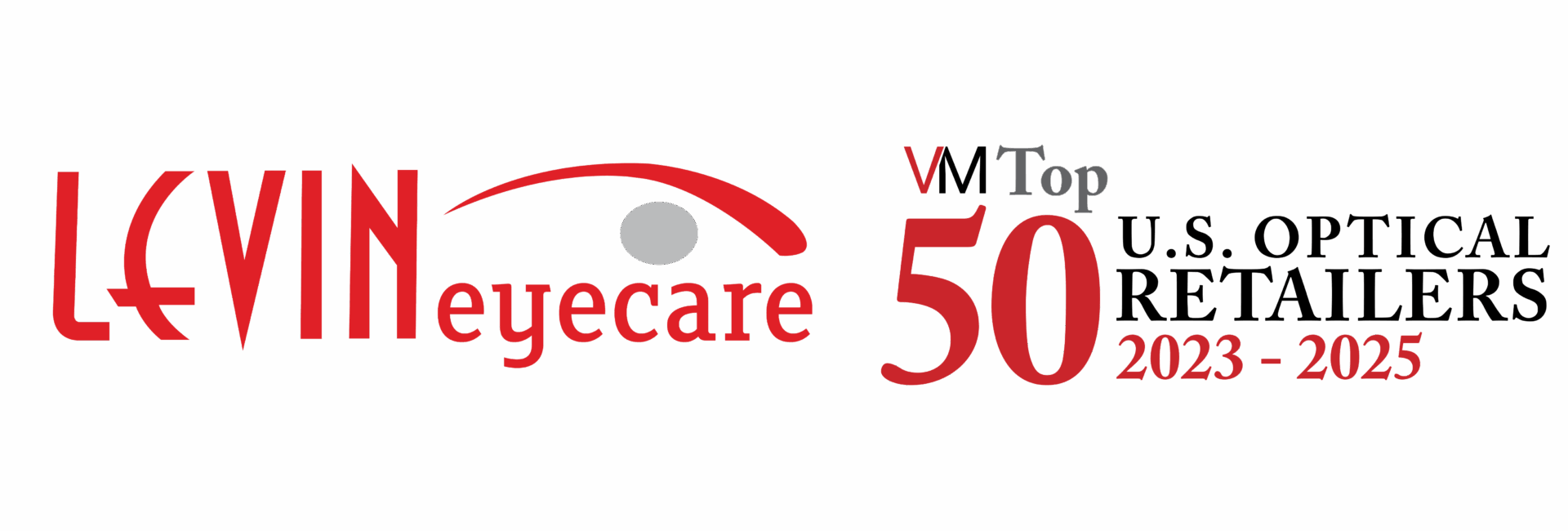
Your vision could be in danger, and you might not even know it. There are countless ways to lose or damage your eyesight through disease, injury, or medical complications.
One eye condition that you should watch out for signs and symptoms of is retinal vascular occlusion. Keep reading to learn more about retinal vascular occlusions!
What Happens To My Eyes During Retinal Vascular Occlusion?
The retina is a very thin sheet of tissue located at the back of the eye. Located on the rear interior wall, it detects light that enters through the eye.
It has thousands of photosensitive cells, which makes it a very delicate but absolutely vital part of your vision. Being so fragile, the retina can be prone to issues.
The tissue can degenerate or tear in response to injury or disease, and it can also suffer a kind of stroke. If the vein that carries blood to the retina gets a clot, the retina can essentially suffocate.
Without a constant supply of nutrients and oxygen, the retina rapidly dies. This is called retinal vascular occlusion (RVO). RVO can happen in the main retinal vein or a smaller branch vein and cause damage to your vision in more than one way.
First of all, it can cause macular edema. This is when the central part of the retina swells and leaks blood or other fluids.
RVO can also cause leakage elsewhere in the retina. Your eyes may begin to develop new blood vessels to get around the blockage that are weak and prone to bleeding.
The retina could even detach from the back of the eye in severe cases.
RVO can also trigger glaucoma. If blood vessels leak into certain parts of the eye, the pressure inside the eye could rise quickly.
Eventually, untreated RVO can lead to permanent vision loss. Left alone too long, you could even lose vision completely.
Am I At Risk of RVO?
Retinal vascular occlusion is not as rare as you might think. It affects one to two people out of 100,000 and is considered to be one of the most common causes of vision loss in the United States.
Blood clots are the true cause of RVO. This can be the result of veins that are just too narrow.
Often it is a side effect of unchecked diabetes or high blood pressure. Keeping those two factors under control is a great way to prevent RVO.
Can RVO Be Treated?
Your eye doctor might someday diagnose you with RVO. Unfortunately, treatment options are very limited.
Once the veins are blocked, there is simply no way to unblock them. Your best bet is to get external factors under control.
Retinal occlusions may get better on their own. Only about a third of them stay the same.
The rest may improve slightly or more. In any case, the complications of a retinal occlusion can often be treated.
Certain drugs and steroids can combat inflammation. Laser therapies can reduce swelling or limit new blood vessel formation.
Even though RVO can be dangerous to your sight, you don’t have to be afraid of it. Invest in the future of your vision by visiting your eye doctor for regular eye exams.
Do you want to learn how to protect your eyes from RVO and other potential eye conditions? Schedule an appointment at Levin Eyecare in Baltimore, MD, today!
